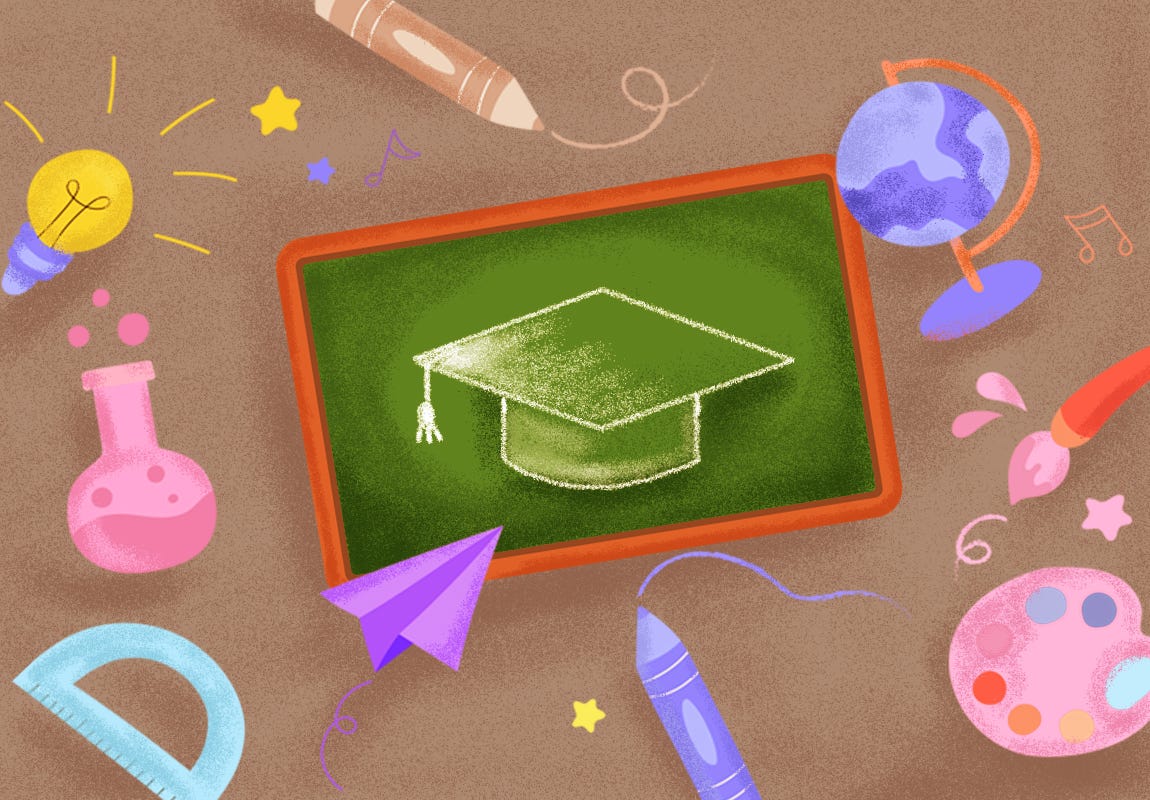In the previous parts, we discussed the impact of prior knowledge on learning. Today, we will discuss how to activate accurate prior knowledge.
Using exercises
According to the book How Learning Works, written by Susan A. Ambrose, Michael W. Bridges, Michele Di Pietro, Marsha C. Lovett, and Marie K. Norma, learning becomes most effective when students connect new knowledge with previous knowledge. Teachers could ask students what they already know about the topic they are going to learn. This can be done in various ways – by asking students to brainstorm their ideas on the topic or by creating a concept map. Through these exercises, teachers should help students activate their relevant prior knowledge. Once students activate it, they are likely to integrate new knowledge into their existing knowledge pool more successfully. However, teachers should be aware that activities like brainstorming can generate inaccurate and inappropriate prior knowledge as well, so they should be prepared to help students distinguish between them.
Linking new material to prior knowledge from the same course
We often expect students to connect what they are learning to knowledge that they gained earlier in the same course, but they may not do it automatically. The teachers should highlight these connections during their lectures. They can design lectures, discussions, and readings in relation to the knowledge that students have already gained earlier to activate the relevant knowledge. Here is an example: “In Unit 3, we discussed Newton’s Third Law of Motion. Today, we are going to discuss the connection between rocket principles and Newton’s Third Law of Motion.” Here, relevant prior knowledge is activated when the teacher refers to the previous information. Discussions can also be helpful to elicit students’ knowledge from earlier in the semester and to link it to new material.
Use examples that connect to students’ everyday knowledge
According to the book How Learning Works, examples or analogies that draw on students’ everyday lives make new lessons more understandable. This creates a more robust knowledge representation in students’ minds. For example, while teaching child development, teachers can draw on students’ childhood memories and their experiences with their siblings. Analogies also help connect new knowledge to prior knowledge. Students often show more sophisticated reasoning when working in familiar contexts. Using examples and analogies, teachers can build on students’ knowledge from these contexts whilst exploring new materials.
Asking students to reason based on relevant prior knowledge
Students often have prior knowledge that can aid them in learning new things more deeply. It will be helpful to ask students to reason based on their relevant prior knowledge to make predictions about new information before they encounter it. For example, before reading an article on World War I, you can ask students to think of the major events in the world during the first two decades of the 20th century. This requires students to draw on their prior knowledge, and, most importantly, to use it to reason about new knowledge.
Methods to correct inaccurate prior knowledge
Ask students to make and test predictions
According to the book How Learning Works, it is useful to ask students to make predictions based on those beliefs and allow them to test those predictions. After they make predictions, encountering evidence that contradicts those beliefs may help them understand where their knowledge or beliefs are incorrect or inadequate. It will also motivate them to try and seek new knowledge about what they have just learned.
Ask students to justify their reasoning
Teachers should ask students to reason on the basis of what they believe to be true. When their reasoning reveals internal contradictions, it can bring them to a point where they seek accurate knowledge. However, this approach may not be fully successful if their attitudes and beliefs are very deeply held.
Providing opportunities for students to use accurate knowledge
Misconceptions are hard to correct if they are deeply embedded with repeated exposure. After introducing accurate prior knowledge, give them multi-role opportunities to use accurate prior knowledge. Repeated opportunities to apply accurate knowledge can help counteract the persistence of even deeply held misconceptions.
Allow sufficient time
When you ask students to use new knowledge that requires rethinking or revision of their prior knowledge, give them some extra time. This will help them identify the flaws in their knowledge or reasoning and employ more thoughtful critical thinking.
In the next part, we can discuss the steps to correct insufficient and inappropriate prior knowledge.
Now put on your thinking hats and think about the following questions for a couple of minutes.
Can you think of some ways to activate accurate prior knowledge?
Can you think of some ways to correct inaccurate prior knowledge?
Write down your thoughts and discuss them with your students, children, and your colleagues. Listen to their views and compare them with your own. As you listen to others, note how similar or different your views are to others’.
Thank you for listening. Subscribe to The Scando Review on thescandoreview.com.
Happy Teaching!














How prior knowledge impacts learning